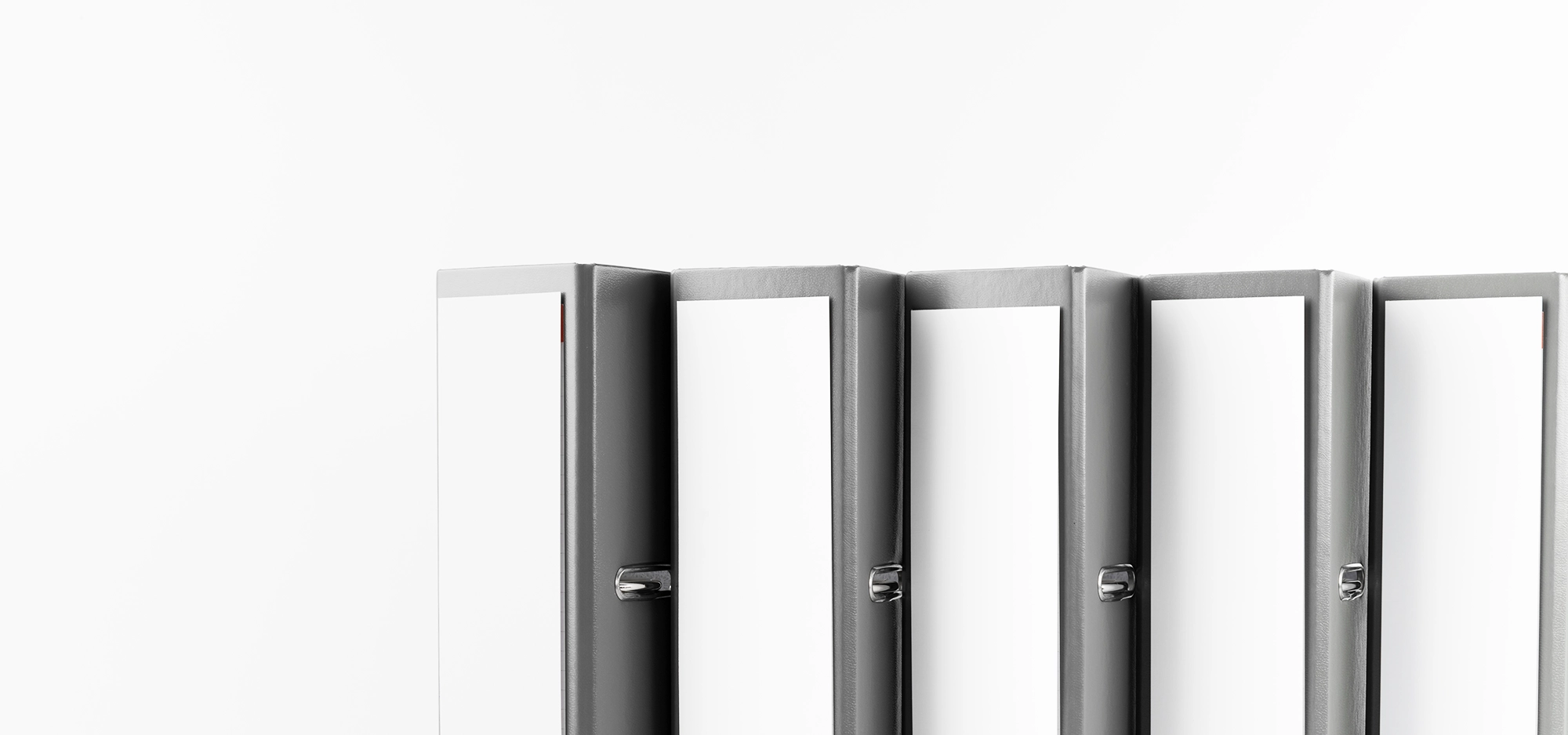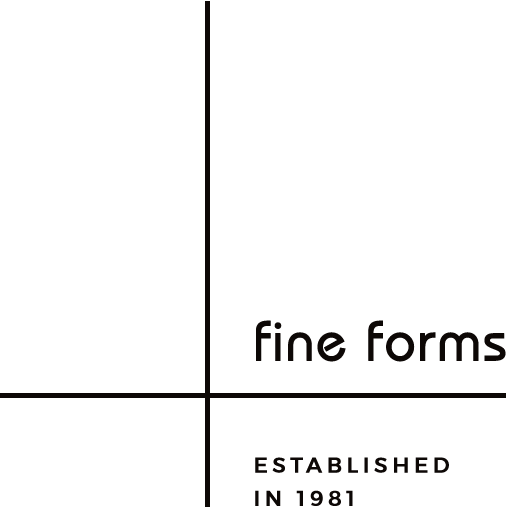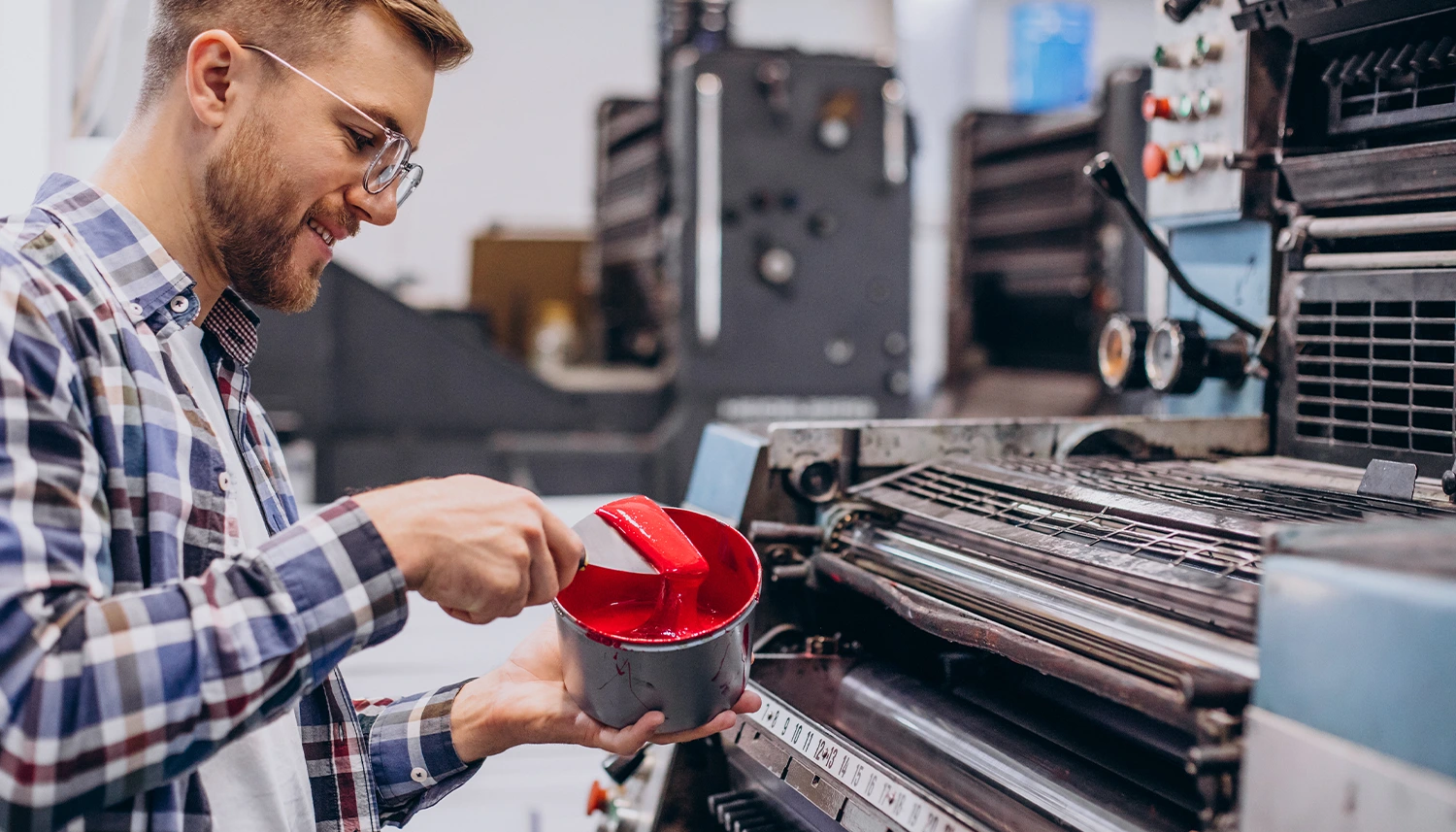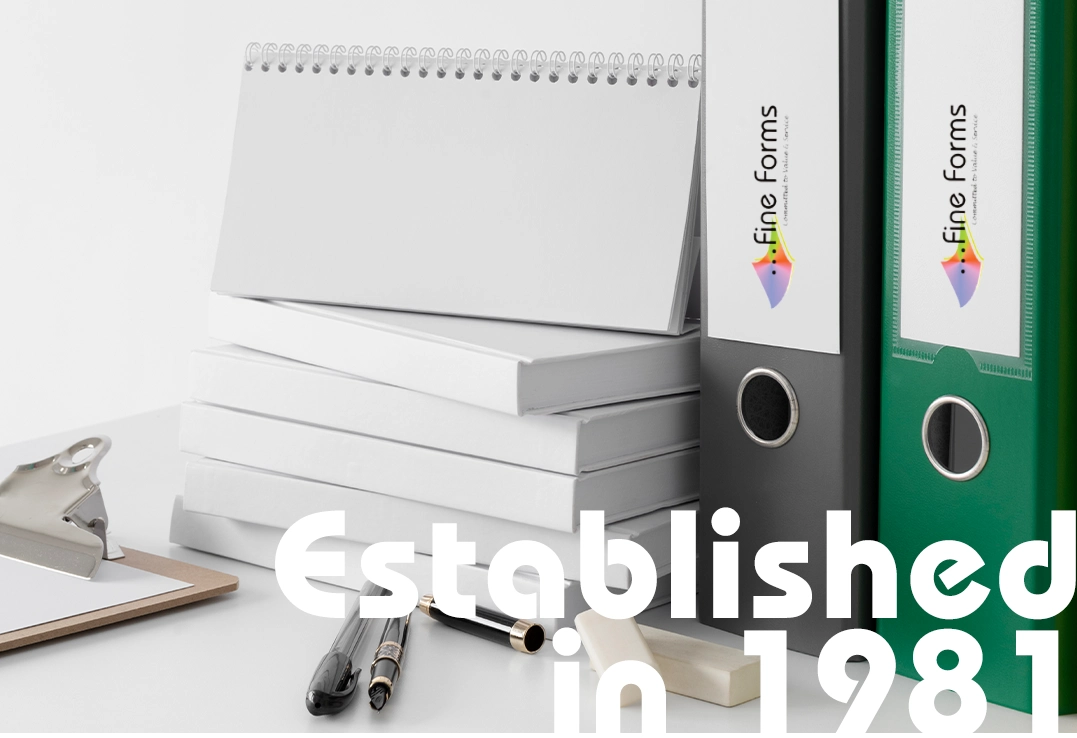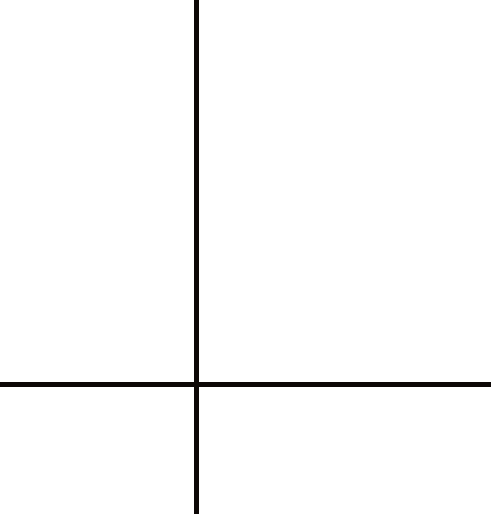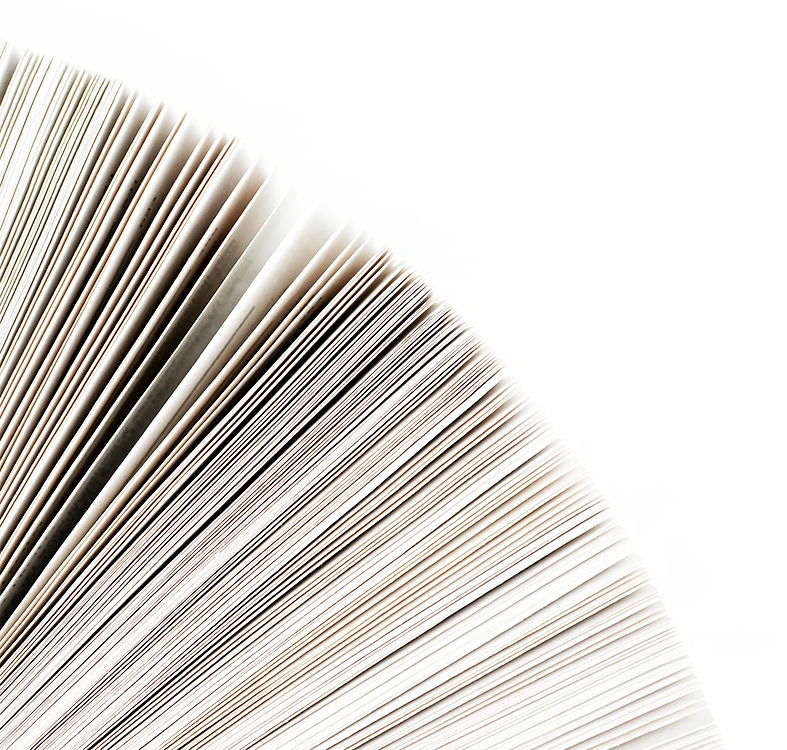Lithographic (or litho) printing is a popular and versatile printing technique that involves using a flat metal plate to transfer an image onto paper or other materials. This process is based on the principle that oil and water do not mix. Here are some services and features typically associated with litho printing:
- High-Quality Printing: Litho printing is known for its high-quality output, making it suitable for a wide range of applications, including marketing materials, packaging, and more.
- Color Printing: Litho printing allows for full-color printing, making it suitable for producing vibrant and detailed images.
- Large Print Runs: It is cost-effective for large print runs. The setup costs for litho printing can be higher than other methods, but the per-unit cost decreases with higher quantities.
- Wide Range of Substrates: Litho printing can be used on various materials, including paper, cardboard, plastic, and metal.
- Precision and Detail: Litho printing is capable of producing fine details and sharp images, making it ideal for projects that require a high level of precision.
- Pantone Color Matching: Litho printing allows for precise color matching using the Pantone Matching System (PMS), ensuring consistent and accurate colors across different print jobs.
- Variable Data Printing: While not as flexible as digital printing, litho printing can incorporate variable data to personalize elements of each printed piece.
- Packaging Printing: Litho printing is commonly used for the production of packaging materials, such as boxes, cartons, and labels.
- Consistent Image Quality: Once the printing plates are set up, litho printing provides consistent image quality throughout the print run.
- Special Finishes: Various finishing options, such as coatings, embossing, and foil stamping, can be applied to enhance the visual appeal of litho-printed materials.
It’s important to note that while litho printing has many advantages, it may not be as suitable for short print runs or projects that require quick turnaround times, as the setup process can be time-consuming. For smaller quantities or rapid production, digital printing may be a more appropriate choice.
